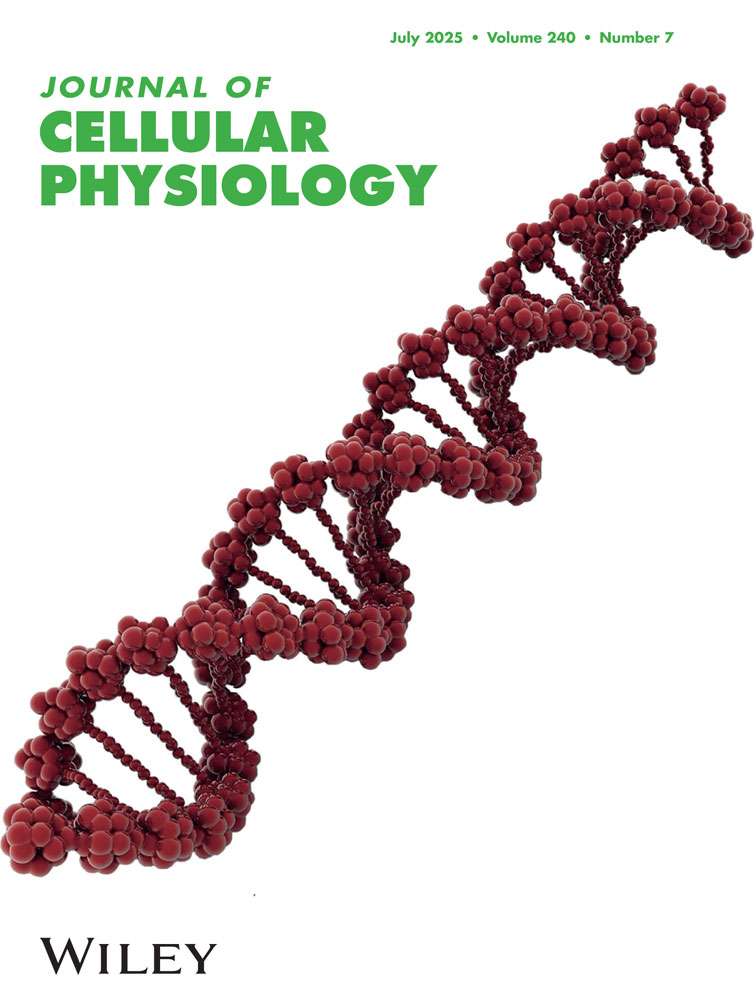The characteristics of an anchorage-independent clonal agar assay for primary explanted bovine granulosa cells
Abstract
Normal, primary explanted, bovine granulosa cells grow reproducibly in agar culture as anchorage-independent clones. Epidermal growth factor (EGF) and rat erythrocytes are effective stimulators of colony formation, and when both are added to the culture medium at optimal concentrations, there is an enhancement of colony numbers and colony size, indicative of an independent, and operationally additive, mode of action for the two factors. The ability of cells propagated from agar clones to secrete progesterone, and to augment progesterone secretion 4-fold in the presence of 1 mM dbcAMP is proof that colonies originate from and are composed of functional granulosa cells.
Maximal colony numbers are present at day 10 of incubation, and colony forming cells undergo self-renewal as assessed by the ability of cells from primary colonies to redone in agar. Absolute cloning efficiency, however, is dependent on a number of factors. Inherent variability exists in cloning efficiency of granulosa cells from individual follicles. Quantitative and qualitative clonal growth was improved at an osmolality of less than 300 mOsm when compared with higher osmolalities. Cl-1 medium and the alpha modification of Eagle's medium were equally effective in supporting agar clonogenic growth, whereas both Ham's F12 and NCTC 135 media exhibited poor clonogenic growth supporting properties. The substitution of agarose for agar did not affect colony numbers but colonies grown in the presence of agarose tended to be smaller and more uniform in size.




